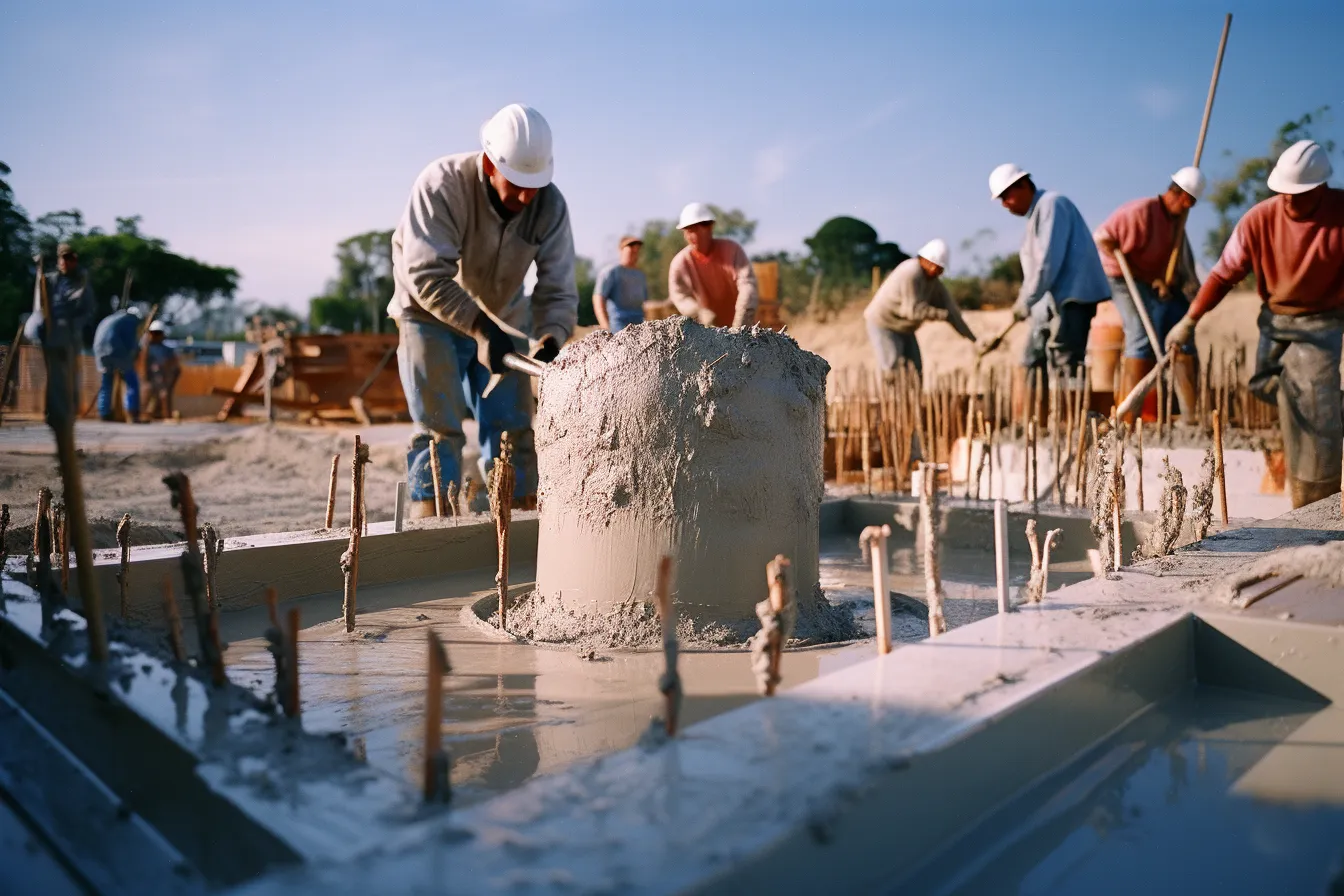Concrete is often associated with construction and utilitarian purposes, but it can also be transformed into stunning works of art. Concrete sculptures marry form and function, showcasing the creative potential of this versatile material. In this article, we will explore the artistic uses of concrete and delve into the fascinating world of concrete sculptures.
The Beauty of Concrete Sculptures
Concrete sculptures offer a unique blend of strength and aesthetic appeal. The resilience and durability of concrete make it an ideal choice for outdoor installations, where it can withstand the elements and stand the test of time. The raw, industrial look of concrete adds a contemporary edge to traditional sculptural forms, creating visually striking pieces that leave a lasting impression.
One of the advantages of concrete sculptures is the ability to mold and shape the material into intricate designs. Artists can push the boundaries of creativity, using concrete to capture the fluidity of movement or the delicate details of the human form. Whether it’s a larger-than-life figurative sculpture or an abstract geometric creation, the versatility of concrete allows artists to bring their visions to life in tangible and captivating ways.
The Artistic Process
Creating concrete sculptures requires a meticulous artistic process. Artists typically start with a clay or foam model, which serves as the foundation for the final sculpture. Molds are then created from the model, allowing for precise duplication of the design. Once the molds are prepared, concrete is poured in and left to cure, ensuring the sculpture’s longevity.
After the concrete has set, artists employ a range of techniques to refine the sculpture’s surface. They may sand, grind, or etch the concrete, adding texture and depth to the piece. Some artists also incorporate pigment or other materials into the concrete mix, creating vibrant colors or unique visual effects. The final step involves sealing the sculpture, protecting it from weathering and enhancing its overall appearance.
Concrete Sculptures in Public Spaces
The public sphere has become a popular platform for concrete sculptures. These monumental works of art can be found in parks, plazas, and museums, enriching our urban environments and inviting engagement from passersby. Concrete’s robust nature allows these sculptures to withstand the rigors of public spaces, making them accessible to a wide audience.
Concrete sculptures in public spaces often serve as landmarks, representing a city’s heritage or embodying a particular theme. Whether it’s a sculpture celebrating a historical event or a contemporary piece that sparks conversation, these artworks contribute to the cultural fabric of communities, making them more vibrant and inspiring.
Concrete Sculptures for Residential Spaces
Concrete sculptures are not limited to public spaces; they also find a place in residential settings. From gardens and patios to living rooms and foyers, these sculptures add a touch of elegance and personality to any space. The juxtaposition of concrete’s robustness with the delicate beauty of sculpted forms creates a captivating visual experience.
Furthermore, concrete sculptures can be customized to suit individual tastes and preferences. Artists collaborate with homeowners to create bespoke pieces that harmonize with the surrounding architecture and landscape. Whether it’s a sleek and modern sculpture or a more traditional and ornate design, concrete sculptures can breathe life into residential spaces and become cherished focal points.
Appreciating Concrete as Art
Concrete sculptures challenge preconceived notions and bring a fresh perspective to the world of art. The marriage of art and function in these sculptures showcases the boundless possibilities of concrete, elevating it beyond its utilitarian reputation. As we appreciate and admire these masterpieces, let us not forget the transformative power of materials and the creativity they inspire.
